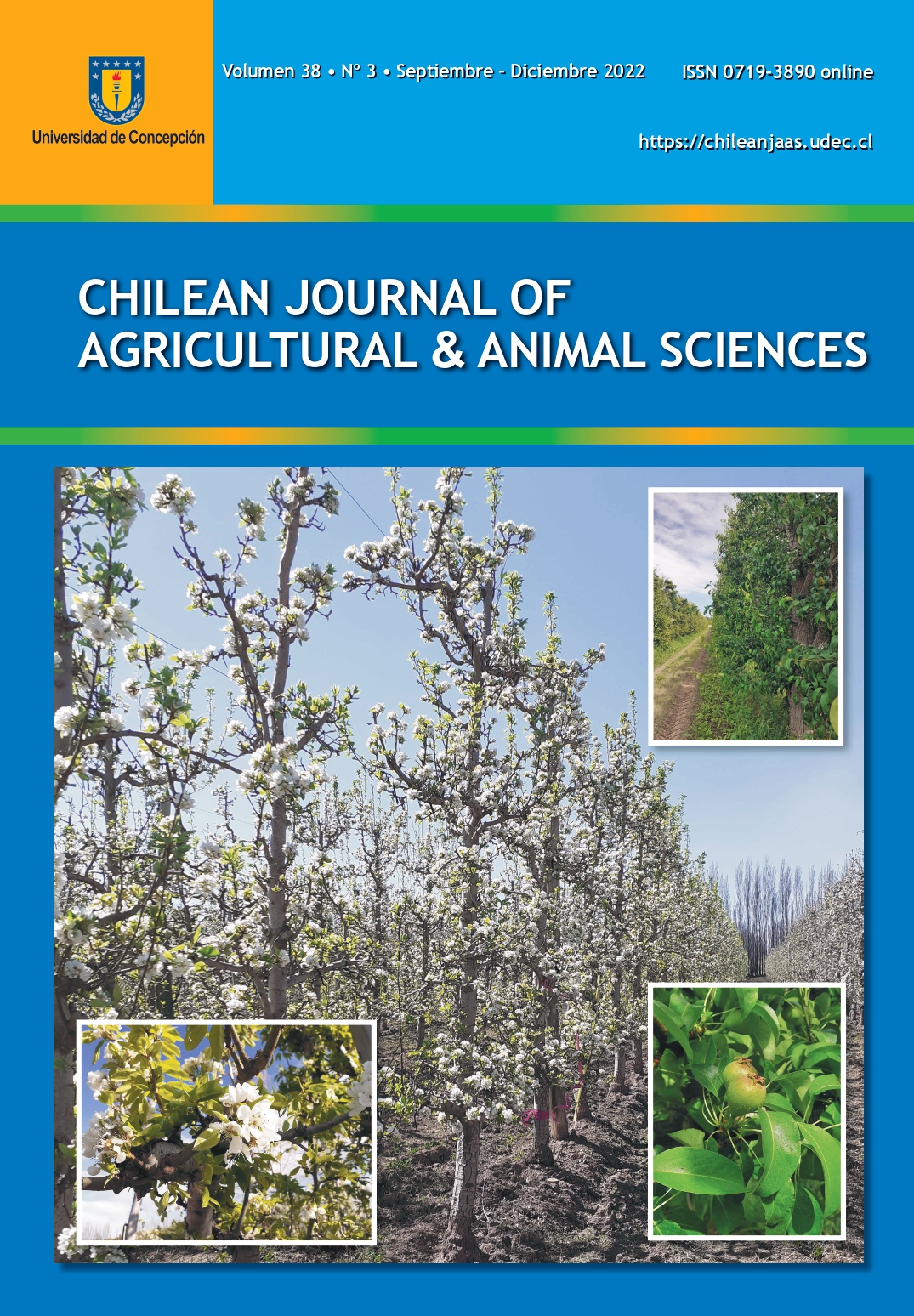EFFECT OF THE COMBINED APPLICATION OF MANURE COMPOST AND Trichoderma sp. ON PRODUCTION PARAMETERS AND STEM ROT DISEASE INCIDENCE OF SHALLOT
DOI:
https://doi.org/10.29393/CHJAA38-31OHVL10031Abstract
Manure compost is a type of organic fertilizer derived from animal feces. Even though compost has a slow-release nature, it can be a good alternative to chemical fertilizers. The addition of Trichoderma sp. as a decomposer microorganism can accelerate nutrient availability. The objective of this study was to determine the effect of the combined application of different types of manure compost and doses of Trichoderma sp. on the growth performance, yield as well as stem rot disease incidence of shallot (Allium cepa L. var. aggregatum). The study was carried out using a split-plot design (P<0.05) with the types of manure compost as the main plot with five levels (no compost, cattle manure, chicken manure, goat manure, and petrogenic compost), and different doses of Trichoderma as subplots with three levels (no Trichoderma, 200 kg ha-1, and 400 kg ha-1). In general, the combined application of manure compost and Trichoderma significantly increased growth performance and yield of shallot compared to no compost (B0) and Trichoderma (T0). However, no differences were observed between manure compost and the addition of Trichoderma. Growth performance of shallots grown in soil amended with cattle manure compost was better compared to the other treatments. The use of 5 t ha-1 cattle manure compost combined with 400 kg ha-1 Trichoderma increased yield by 10.02 t ha-1 and reduced stem rot diseases incidence by 0.67%.
Downloads
Published
How to Cite
Issue
Section
Copyright (c) 2022 Sri Anjar Lasmini, Nur Edy, Mohammad Yunus, Burhanuddin Haji Nasir, Nur Khasanah

This work is licensed under a Creative Commons Attribution 4.0 International License.







